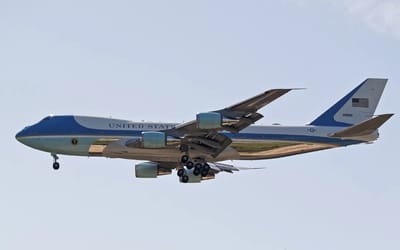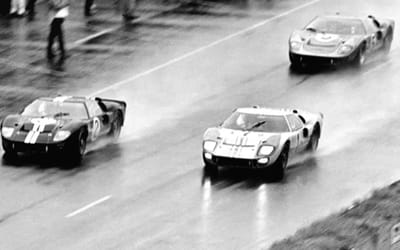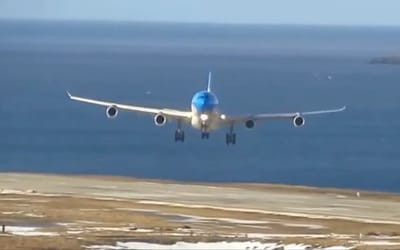Footage from inside Concorde’s cockpit and cabin seems extremely calm for a plane flying 2,470km/h
- The supersonic speeds of Concorde actually were a far calmer experience than you’d expect
- Concorde traveled at over twice the speed of sound
- It’s technological innovation meant that flying this fast was a luxury experience
Published on Mar 28, 2024 at 3:27 PM (UTC+4)
by Amelia Jean Hershman-Jones
Last updated on Apr 02, 2024 at 6:57 PM (UTC+4)
Edited by
Tom Wood
The supersonic speeds of Concorde might sound eye-watering, but as this vintage footage suggests – it was far more civilized than you might think.
Concorde had a maximum speed of Mach 2.04 (1,354 mph or 2,180 km/h) at cruise altitude, over twice the speed of sound.
Hailed as the world’s greatest airliner, it was renowned for its unique blend of technological innovation and outstanding design.
READ MORE! Reason behind so many flights being pushed to near-supersonic speeds recently
In fact, despite being retired in 2003, its iconic status remains intact.
For many years, Concorde was the ultimate way to travel in flashy and luxurious style – and this amazing footage is proof of why.
It was the only commercial aircraft capable of supersonic flight, enabling passengers to travel at twice the speed of sound and get to their destination faster than ever before.
The first commercial supersonic jet, reaching New York from London in under four hours, it was most popular with business travelers.
“If you travel in a fighter airplane at this speed you’ll be sitting in a pressure suit breathing through an oxygen mask,” said BA Concorde Captain, Chris Norris.
It seated 92 to 128 passengers.
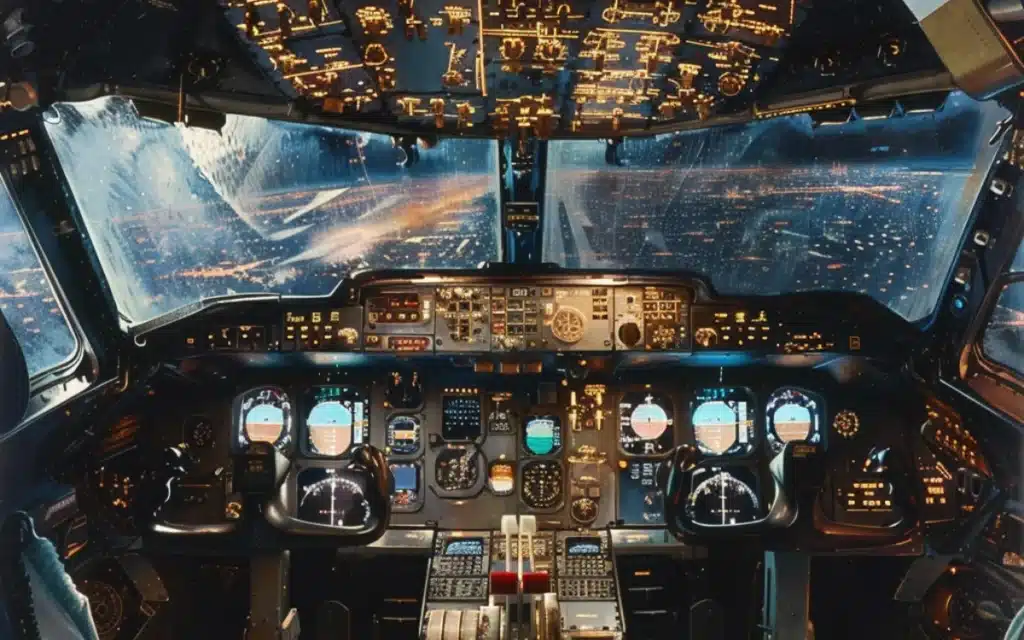
With its high-profile clientele and peerless travel time, the supersonic jet seemed poised for long-term success.
Powered by Rolls-Royce Olympus engines with reheat, Concorde accelerated rapidly, reaching speeds comparable to a Formula One race car during takeoff.
Special panels within the engine intake adjusted to slow down airspeed, a crucial feature for maintaining supersonic flight.
Per the video by Ian Maw, Concorde’s wings were specially designed to maintain balance and stability during high-speed flight.
Passengers enjoyed unparalleled luxury and comfort while traveling at supersonic speeds, savoring champagne and cruising considerably higher than other aircraft.
In fact, only astronauts were higher than the passengers and crew.
But several factors, from ticket prices to a catastrophic crash in 2000, led to the plane’s demise.
The cost of a ticket was astronomically high, costing about $12,000 in today’s money for a round trip across the Atlantic.
Fortunately, after two decades, several companies have entered the supersonic race.
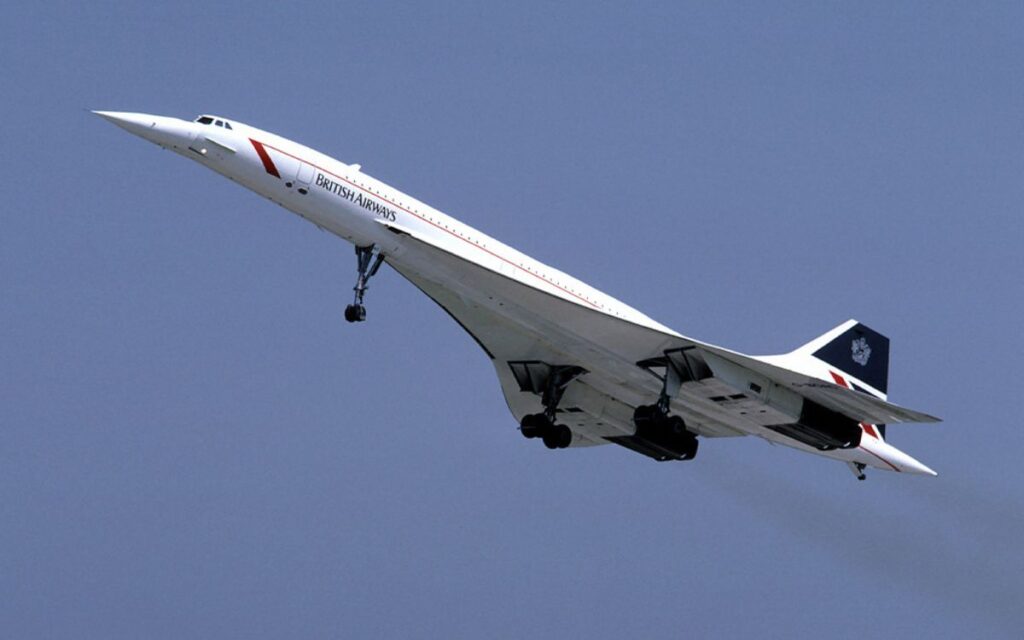
In fact, NASA just unveiled a revolutionary ‘quiet’ jet set for commercial supersonic flights.
The typically loud supersonic boom is reduced
Rather than the typical jarring sound, the sound of NASA X-59 is reduced to a ‘neighbor’s car door down the street being closed’ – making the US Federal Aviation Administration more likely to approve it for flights over populated areas.
Concorde flights were meticulously planned to maintain supersonic speeds for as long as possible, often taking advantage of high-altitude cruise climbs and specific routing over the Atlantic.
Concorde’s aim was to minimize noise pollution, with noise abatement employed during takeoff and landing.
On the approach to airports, predefined routes were marked out, utilizing special procedures to minimize noise disturbance over populated areas.
It still caused disruption, however, as this nostalgic clip reveals.
Some of the images in this article were created using AI.
DISCOVER SBX CARS: The global premium car auction platform powered by Supercar Blondie

London-based Amelia cut her journalistic teeth covering all things lifestyle, wellness, and luxury in the UK capital. Fast-forward a decade and the senior content writer and editor has put pen to paper for glossy magazines, busy newsrooms, and coveted brands. When her OOO is on from writing about cars and heading up on-site SEO you can find her spending quality time with her young family, in the gym, or exploring the city she loves.
